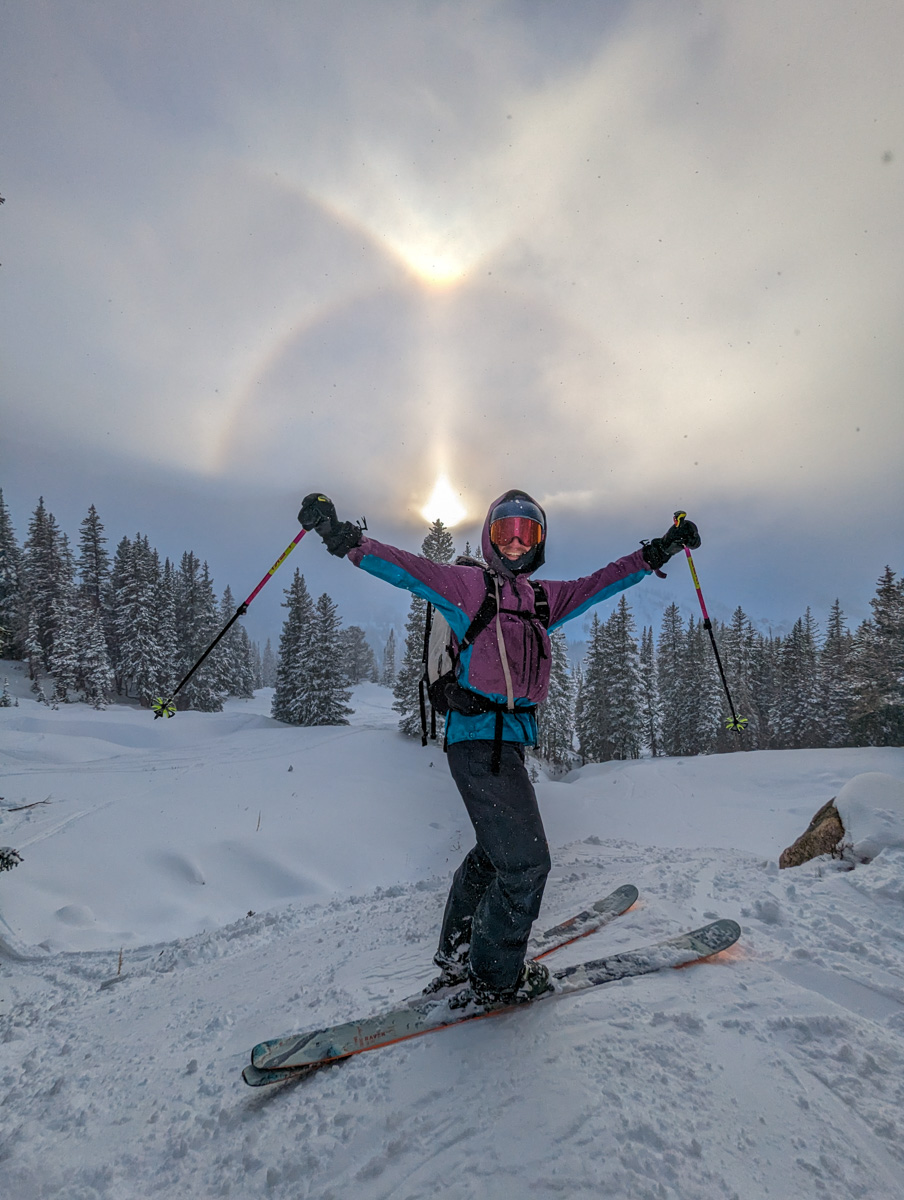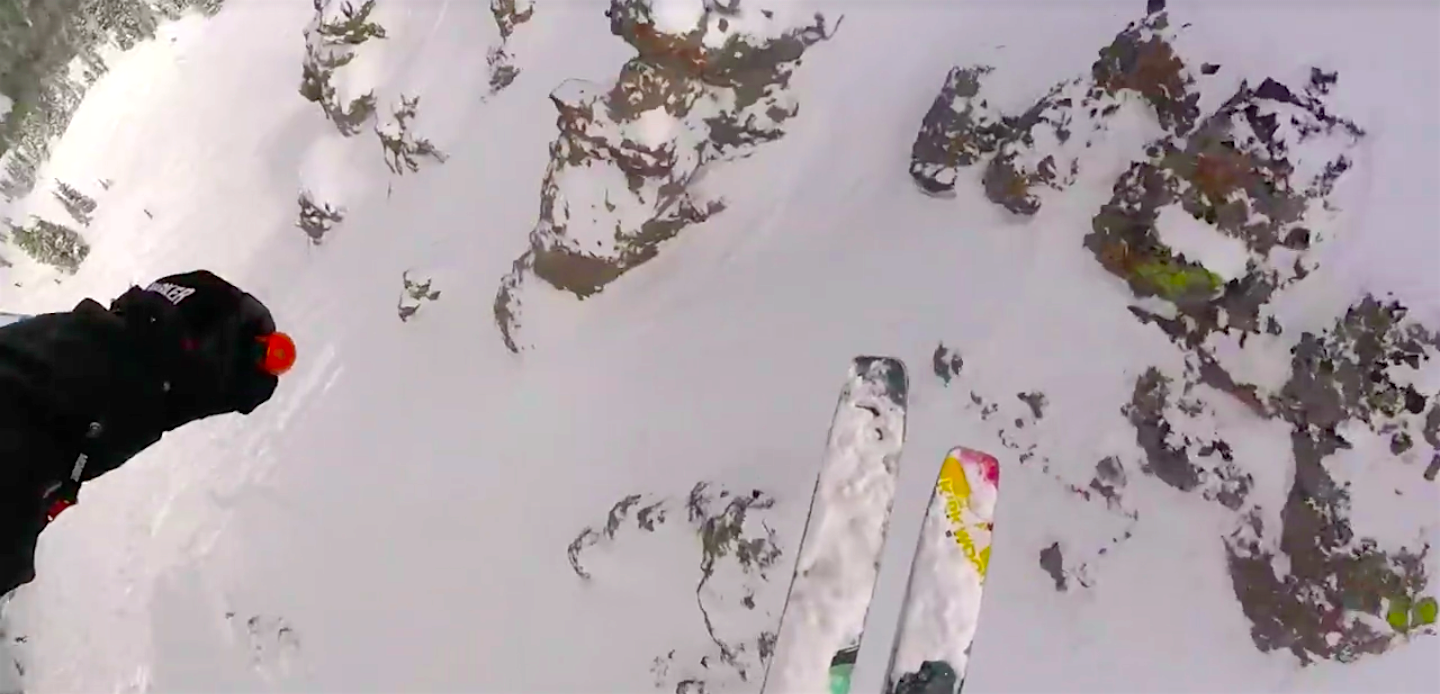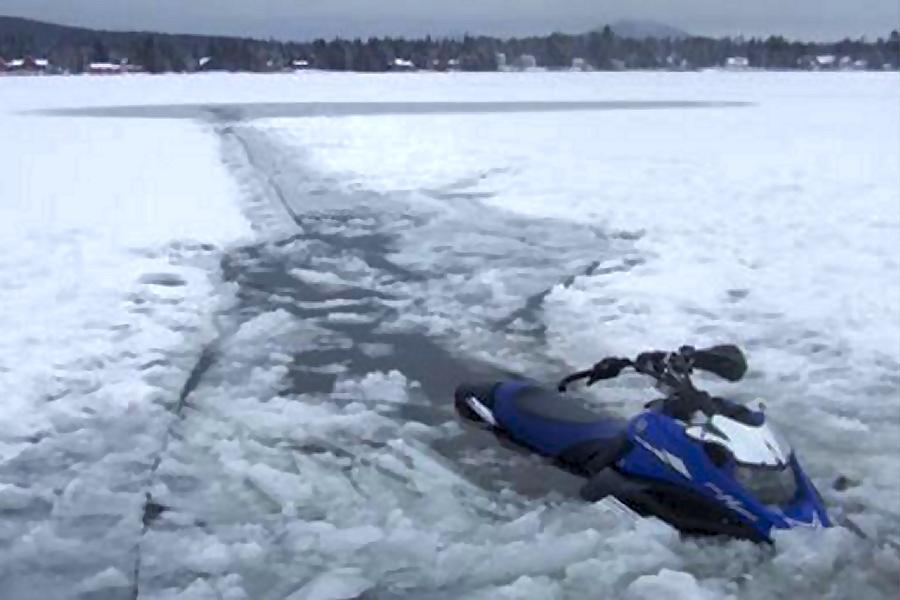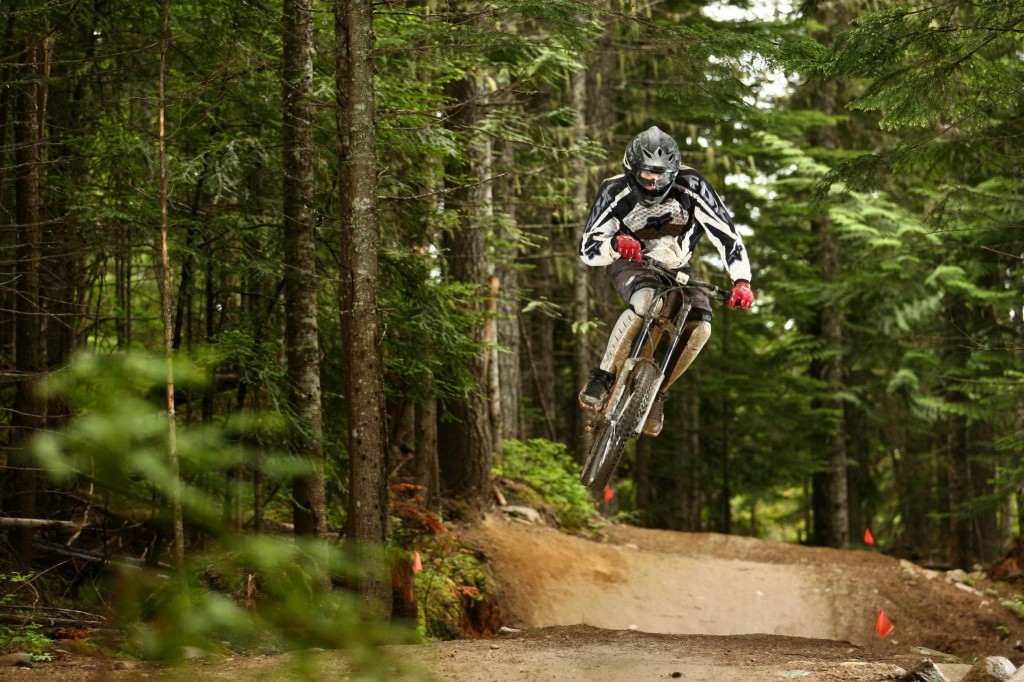
I took my role as Editor with SnowBrains four years ago, when I was a young college kid at the University of Utah in Salt Lake City. I wanted to ski every day and find a way to make a living from writing, and by some cosmic chance I landed an internship with SnowBrains. Not long after that, I was promoted to an editorial position where I quickly learned the ins and outs of this organization, a skiing and snowboarding media company that provides positive, original, and intelligent ski industry news and snow resources. I learned how to share media covering a vast array of topics from resort news to backcountry trip reports to avalanche incidents and weather forecasts and a whole lot more. I got to interact with a large online presence: 9 million annual users on our website and 15 million annual page views. Social media became a daily tool I used because a lot of our traffic comes from platforms like Facebook, Instagram, and Twitter. SnowBrains depends on them, and this company’s vision is to one day become “The New York Times” of the Snowsports World.
Our CEO and Founder Miles Clark who hired me said that this vision, combined with a focus on professionalism, could benefit and inspire the ski industry at large in positive ways. I liked the sound of that. As I settled into my role I got to know Miles well and I learned about his background: AIARE Level III avalanche safety, mountain guide, heli ski guide, and pro skier who spends countless days in the backcountry every season. I myself tour most days of the winter, which is perfect because SnowBrains has a large focus on backcountry skiing. We constantly share things like news of avalanche incidents, informative trip reports from our backcountry excursions, and educational resources for avalanche safety. But as time went on, I came to observe some strange things about social media content, specifically about the backcountry. The content, which I shared daily, appeared a certain way when you saw it on social media but in reality, it was actually quite different than the way it was portrayed on a smartphone or computer screen.
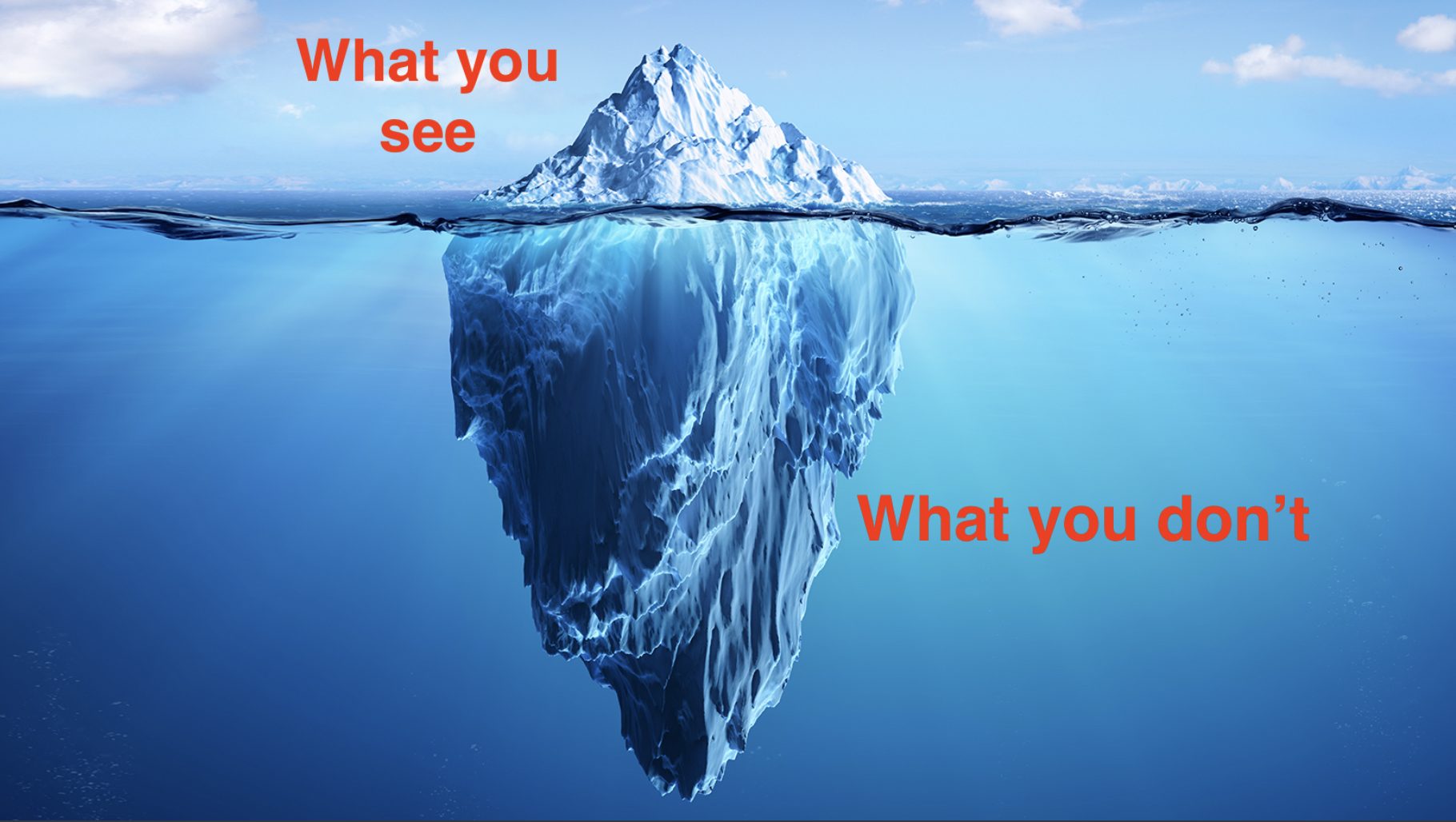
The reality of backcountry Instagram content is like an iceberg. You see something enticing right away that looks beautiful and cool and attention-grabbing on the surface, but there’s a lot lurking below. Like everything else that goes into a day of backcountry skiing including the not-so-good or noteworthy stuff. Everything that no one wants to admit or talk about, or the stuff that doesn’t necessarily generate likes or shares, is there but it is not visible. This includes but is not limited to all the decisions and thought processes that went into navigating the avalanche hazard to get up there in the first place; all the intense physical suffering and battling of the elements; all of the mistakes, and red flags, and detours, and bathroom breaks in the cold; all of the fumbling with camera equipment or drones or any other distraction that can be inherent in generating content from the backcountry. All of this “not-so-glorious” stuff is ever present when you go ski touring; but it is not when you are posting on Instagram.
Here’s a direct example: in the first panel of the attached Instagram post above from SnowBrains, you can see the skier getting rad face shots down a backcountry couloir in glorious blower pow. It looks like quite fun, and like a fairly carefree time, right? Like really anybody could do it. Well, that’s the deceptive part. In the second panel is what you don’t often see: a heinous down climb down rock and ice that the skier had to do to get out of the chute safely. You also don’t see the several scratches or core shots on his ski from hitting rocks. Although he might mention it in the post’s caption, you don’t actually see the avalanche danger through your screen. You don’t see the fact that the skier in the video is a professional skier who has competed in professional skiing competitions and that this ability to go up and down a steep, avalanche-prone chute like this one is the culmination of a lifetime’s experience of steep skiing and hard physical training and vigorous avalanche educating. You don’t see all the hours that he’s spent in the freezing cold of a snowpit being graded on his avalanche skills by instructors. You don’t see the pain that his right knee feels from decades’ worth of impacts from skiing and booting up technical lines and dangerous mountains. You don’t see all the people that he’s thinking about that he’s lost because of avalanches as he’s climbing up. People rarely talk about this sort of stuff and they even more rarely show these things on Instagram. But they are always there—no matter how glorious the shot.

Speaking along these lines with a personal anecdote, last year a SnowBrains colleague and I went on a tour around this same time of year in the early season where we skied a rad couloir in boot-deep powder that filmed awesomely. I posted a picture of the couloir, which got a lot of likes, along with a photo of Connor’s ski, shown above, which was totally destroyed from hitting one rock—just one rock—in the center of the line. I managed to skirt around the rock and get by Scott-free. But Connor needed a new pair of skis after that. At least it was a ski, though, and not his ACL, right?
My point is that there is so much more beneath the surface of an average backcountry ski video that, to the uninitiated viewer, can be completely misleading. Mind you, we are having a blast doing this stuff. That’s why we do it—it’s the entire point. Why else would we do it? Also, Instagram makes stuff look awesome and we want it to look awesome. But to all the people who don’t backcountry ski, which is the vast majority of human civilization, a lot of the content posted from the backcountry on Instagram makes it look like nothing ever goes wrong. I mean, to them, how could it? When all they see is butterflies, stoke, and fresh pow. This is often misleading and can give the wrong idea about what backcountry skiing truly is.
Social Media: A Useful Learning Tool
In the video above is CEO and Founder of SnowBrains Miles Clark getting caught in an avalanche on Mt. Superior in Utah in February of 2020. At the bottom of this avalanche, after Miles had collected himself what do you think his first “gut” reaction was to do with this footage?
It was to hide it.
Rather than delete it, however, Miles and his touring partner decided that they would share it. They agreed that they would share it as much as they could and as transparently as they could as a learning exercise. Because what they had filmed that day was terrifying but it was also extremely valuable. Now, people could see what it was like to have been caught in an avalanche on Mt. Superior—one of the most popular and well-known backcountry zones in all of Utah. They saw the value that the footage had to be learned from by fellow backcountry skiers and riders by describing in detail all the red flags leading up to that fateful right turn by Miles onto that convexity just below the summit.
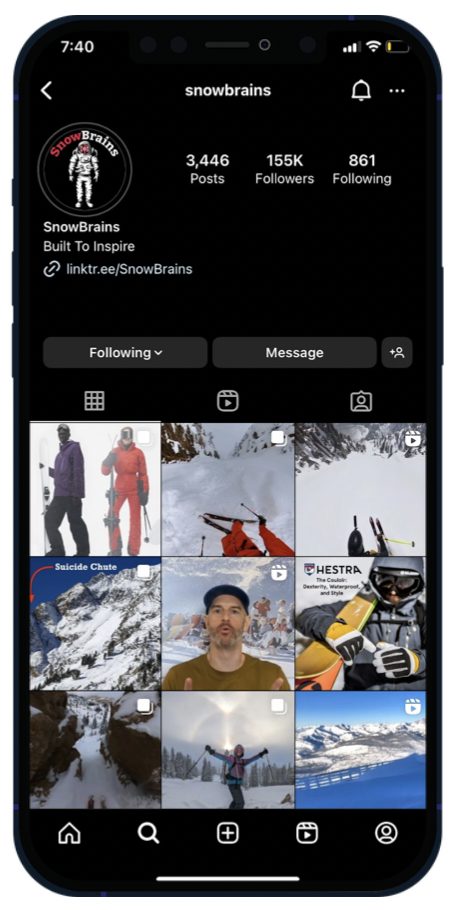
SnowBrains, having half a million social followers, could share this information in an extremely accessible way—a way that would get way more reads or views than your standard avalanche debrief because most everyone uses Instagram these days. So, we blasted it all across social media; first with a written debrief on SnowBrains.com, detailing the events leading up to the avalanche in chronological order, along with all the red flags that were observed. Then we reflected on what was learned from the experience. After that, we sent it out on Facebook, Twitter (now X), and Instagram, where it was seen by thousands of people almost immediately. All of those people now knew within the span of a few hours the current avalanche danger on Mt. Superior and that slides could break 12 inches deep and 50 feet wide on a day where most of the avalanche danger was rated as ‘low’, except for the upper elevation aspects which were ranked as a moderate danger that day. I don’t know about you, but seeing that avalanche and then the accompanying danger rating, I initially assumed the rating would have been higher.
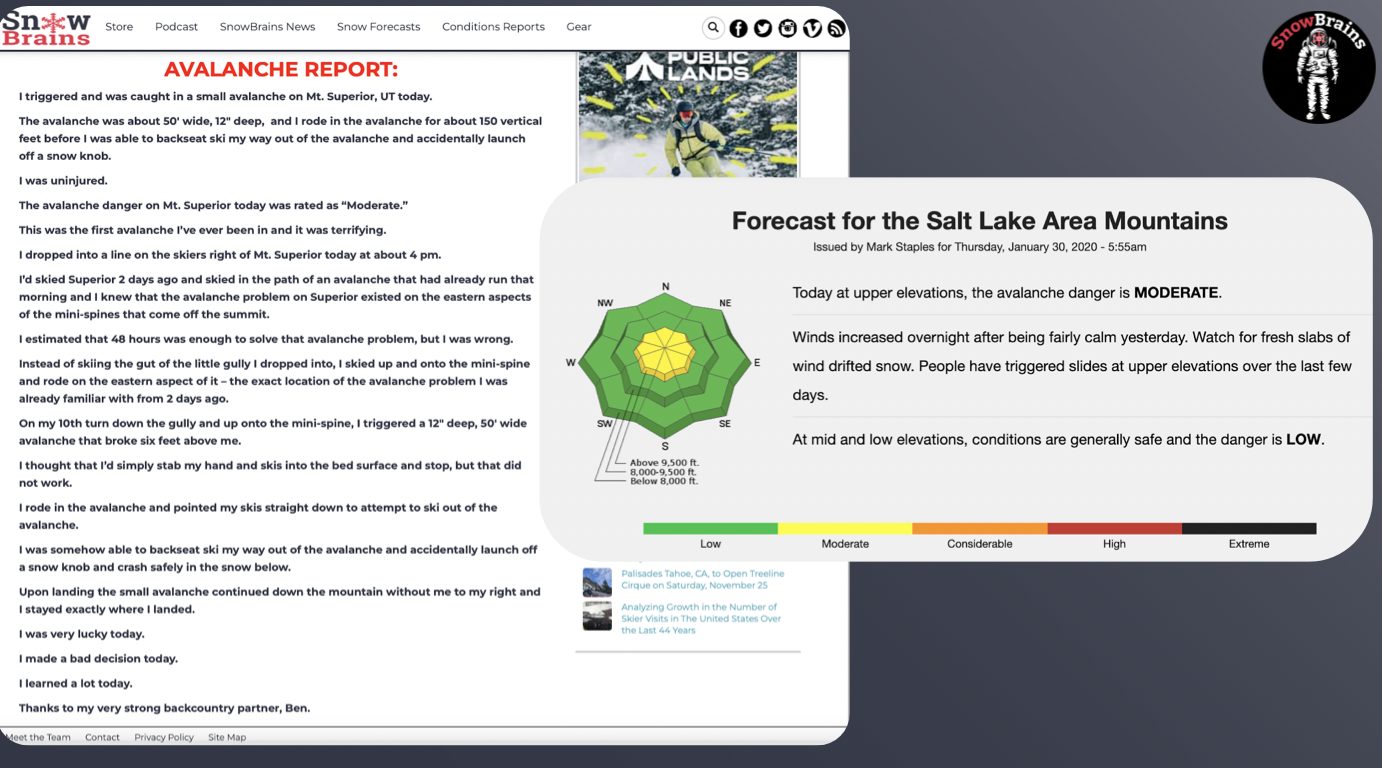
What Miles and his touring partner realized that day is that it’s not about who’s right or who’s wrong when a mistake gets made; it’s about who can learn from it. Anyone with an Instagram account could now immediately view and learn from his incident essentially without even trying; it would just pop up on their social media feed. They could learn without actually having to actually get caught in an avalanche on Mt. Superior themselves. In this specific example, a worldwide audience of millions was better able to understand what it was like to get caught and carried in an avalanche in a Hollywood zone like Superior, and how to better avoid ones themselves. This is the power that social media can have, thanks in part to Miles’ vulnerability in transparently sharing that information. However, many view opening up about the backcountry as a hindrance rather than a helpful course of action. This perception has become a subject of debate within the backcountry ski community and has been for decades since people first started going out of bounds.
Gatekeeping
When you look at the word “exclusivity,” it is often paired with an ‘us vs. them’ mentality. Hiding information, not opening up about zones or conditions or basic facts from a day of backcountry skiing out of ‘fear’ that you will create some sort of undesirable result, like bringing unwanted individuals to that zone, is essentially gatekeeping. And you know, I get it. I get finding a sick stash in the Wasatch that no one really knows about because there aren’t many. I get not wanting to share it with anyone else so that you can have all the powder to yourself. So you can come back tomorrow and put a fresh track right next to yours from the day before. These days, that’s a little hard to come by in a range like the Wasatch that’s positioned next to a city with 1.7 million people. And it’s easy to justify this sort of behavior, right? “I don’t want to encourage people to come here who shouldn’t be here.” “I don’t want to increase the avalanche danger by putting more potential human triggers there.” “I want to keep it quiet and clean.” “I don’t feel like sharing because I put in the work to find it.” These are all totally understandable and justifiable reasons to purposely hide information from others when it comes to the backcountry. But it doesn’t generate growth.
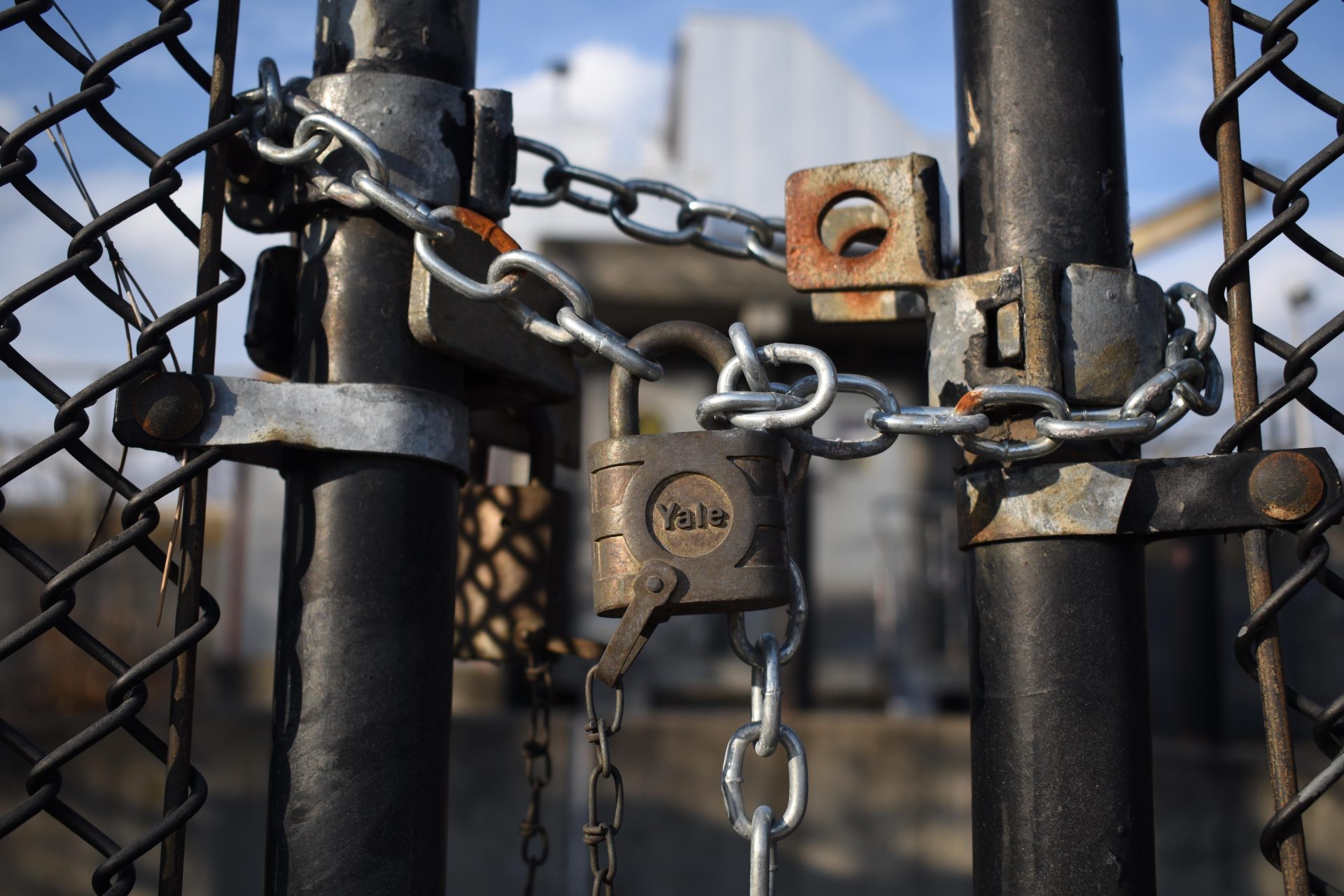
There are downsides to growth. But I’d argue that the benefits of growth far outweigh the drawbacks. Too much growth can lead to greed. But if you’re like me then you probably actually care about the mountains. You actually care about these beautiful places you recreate in and the people you get to share those experiences with. You love it. And if you love something, why not let it grow? After all, were you not once taken to the mountains and shown them by someone else? And by going there, as a beginner, which each and every single one of us once was, wouldn’t you want those teaching you the rules and customs of these mountains to do it in a meaningful way by providing you with good and accurate information? Or would you rather them hide it from you and have you go figure it all out on your own?
Information Sharing
Whether you like it or not, people are going to want to go into the mountains and go backcountry skiing. They are going to do it, and they will do it regardless of the information that’s available to them. So if they are going to do it anyway, regardless of whether I give them good beta or bad beta—or none at all—wouldn’t I want them to have the best possible information and resources available for them so that they could formulate good decisions in going out there? To be safe? Wouldn’t I want that, selfishly, for my own protection, so I don’t have a bunch of newbs dropping avalanches on me, or getting caught in avalanches where I would potentially need to come to their aid as rescue?
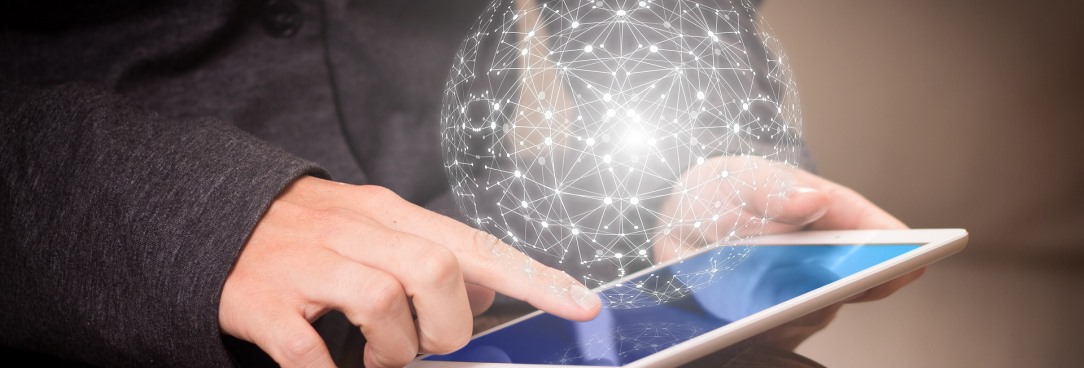
Like I was saying, we were once all new to this. And there will always be new people coming to the mountains. So the easier access they have to information about a place that they are already going to, the happier and safer everyone can be. The more helpful information and resources shared with all, the lower the potential for accidents in the backcountry. This allows the potential for all of us to learn, which is ultimately what we’re all out in the backcountry for, right? To learn and to have fun, so that we can learn to have more fun.
Sharing information about the backcountry rather than guarding it creates opportunities that can lead to greater personal development. This can lead to healthier and more connected communities, which can eventually lead to an entire sport like backcountry skiing or splitboarding progressing in positive ways. These are but only a few benefits of being open and vulnerable with the kind of content that you share, just as Miles Clark did with his avalanche on Mt. Superior in January 2020.
So What Can YOU do?
It’s like there’s this weird stigma I sometimes encounter out here in the Wasatch. I’ll be out, solo in a zone, and I’ll see another person out, solo in the same zone. I’ll say hi to them, but they might barely even say hi back, or sometimes, they won’t even look at me as they continue on their way up the hill. What is not said in these situations is that in the event of an avalanche, we are each other’s rescue out here; I’m theirs and they are mine. We’re the only ones here. I would hope that we could have some common decency to at least acknowledge each other’s presence in a dangerous environment such as the backcountry. To be friendly, and to also be inclusive. To share information, rather than guard it. Because it’s all love, and we’re all doing this just to have fun out there and get back to our people at the end of the tour.
Take for example this Instagram post shared by @utavyobs, which shows what coverage looks like out in the Wasatch right now and what the current snow structure is like.
Within the span of 60 seconds, because of this friendly and inclusive post, you can already know where to go to avoid rocks and have a better idea of what the avalanche danger is like. You can learn about the persistent weak layer that is currently festering in our snowpack, and what implications that can draw once we get some more snow.
I think all of us can agree that skiing is a positive thing. It’s a positive thing for individuals and it’s a positive thing for society. And more people skiing and getting into the backcountry is only also going to be a positive thing. It’ll be positive for each and every person who does it, and it’ll be positive for the communities that are completely based on skiing and snowboarding like so much of Utah. Or Colorado. Or anywhere. Positivity can create inspiration which can lead to things like opportunity and growth. Whereas things like trauma and negativity will only lead to more trauma and more negativity, and more of this ‘us vs. them’ mentality, which just isn’t productive. Things like vulnerability and gratitude lead to more vulnerability and more gratitude.
In a place like the Wasatch where the access is staying the same, and the amount of skiable mountains is staying the same, but the number of people venturing into and recreating in these mountains is continually increasing, we ought to promote all of these things mentioned here that better serve us and this mountain environment we call home. Like gratitude. Like positivity. Like community. Things like openly sharing accurate and meaningful information, whether it be on the skin track or online, will never serve against us.
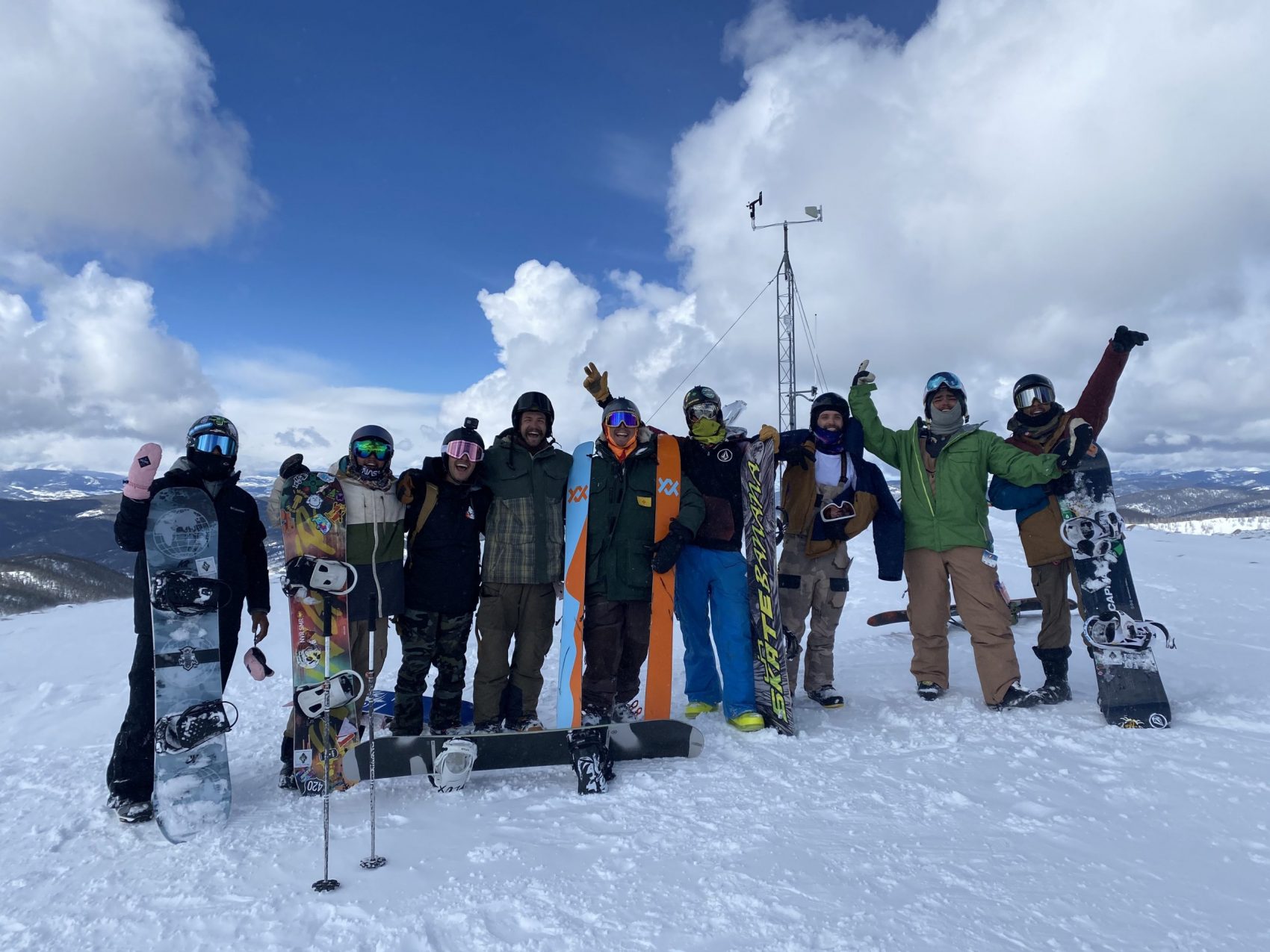
None of us will ski in these mountains forever. But if we do it right, our future generations will get to enjoy them in the same way that we have been so blessed to have been able to. And if you knew one way to ensure that these beautiful places were taken care of long after you were gone, for your people to enjoy, and their descendants to enjoy after them, wouldn’t you do that? Especially if it was as simple as just approaching how you share about the backcountry on social media, with a mindset of inclusion, positivity, or loving-kindness?
I encourage you just to think a little bit about these things when you’re out in the mountains. When you’re passing others by on the skin track to one of your favorite zones, or when posting about lines and sick days with buddies on Instagram—just think about it. I encourage you to be open and vulnerable and to even tag and share that information with organizations like your local avalanche center, SnowBrains, or even just with your friends and family, whether that be through social media or by your own mouth. According to Sean Zimmerman-Wall, the Operations and Pro Program Manager at the American Institute for Avalanche Research and Education (AIARE), submitting even basic observations to your local avalanche center can make a difference because it all gets taken into account by forecasters when writing an avalanche forecast, and can be included in future studies conducted by the National Avalanche Center. This means every observation—particularly avalanches—gets the chance to be a part of the research, which outlives the shelf life of a social post. Everyone can play a part, if even in small ways.
We are all in it together and we’re not just each other’s ‘rescue’ out in the backcountry; we’re also the protectors of this place through our words, our actions, and our intentions. So just think about it. Be safe out there. And have an awesome winter skiing powder in the backcountry with your friends. I’m looking forward to seeing your content about the places you go and the meaningful adventures you have in the mountains.
Note: to be clear, what we do at SnowBrains isn’t perfect. We want to be inclusive, kind, and open and show as much as we can, but we also consistently fail at showing the behind-the-scenes realities that I mentioned like injuries, experiences, or skill level. This is something we are working harder to display. And we can’t do it without you. So thank you.
